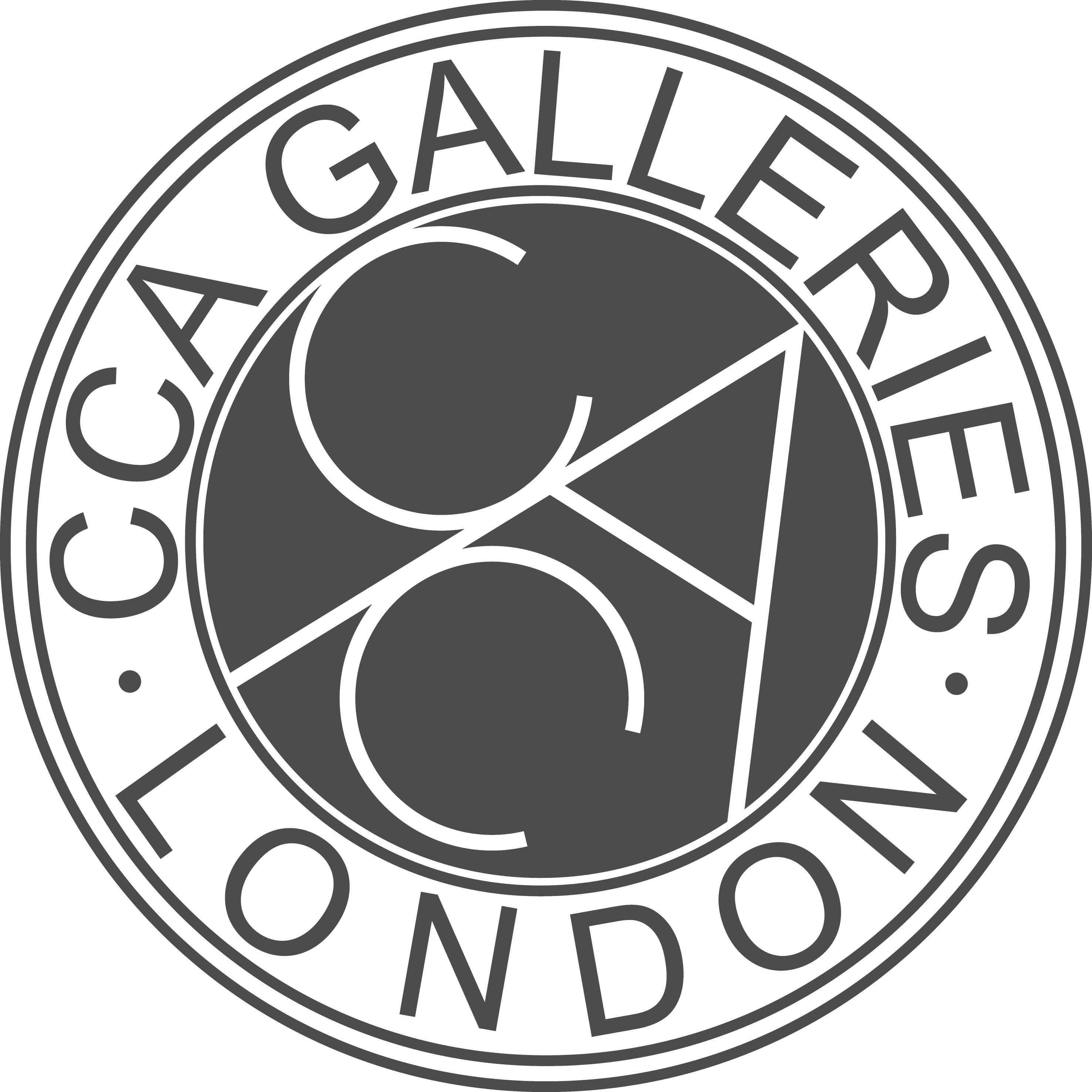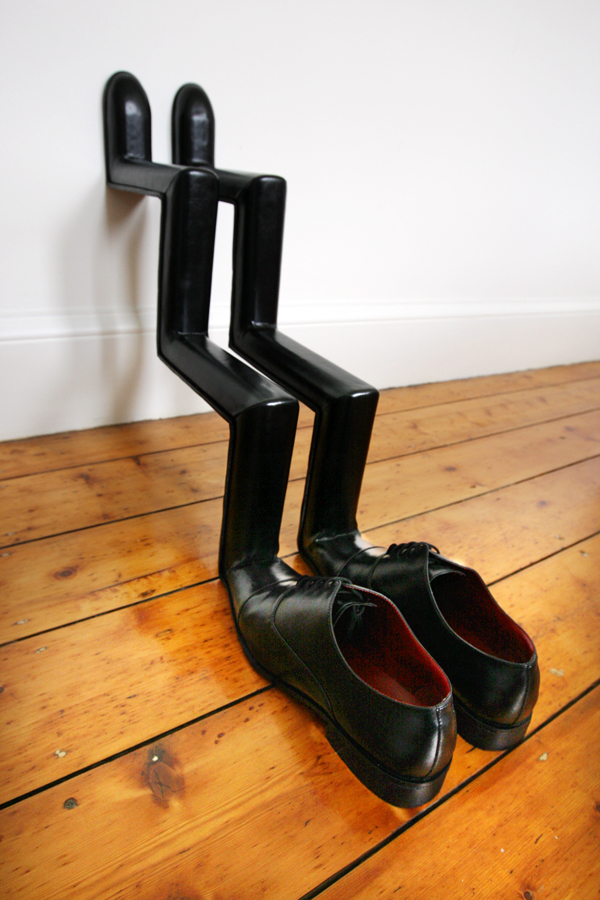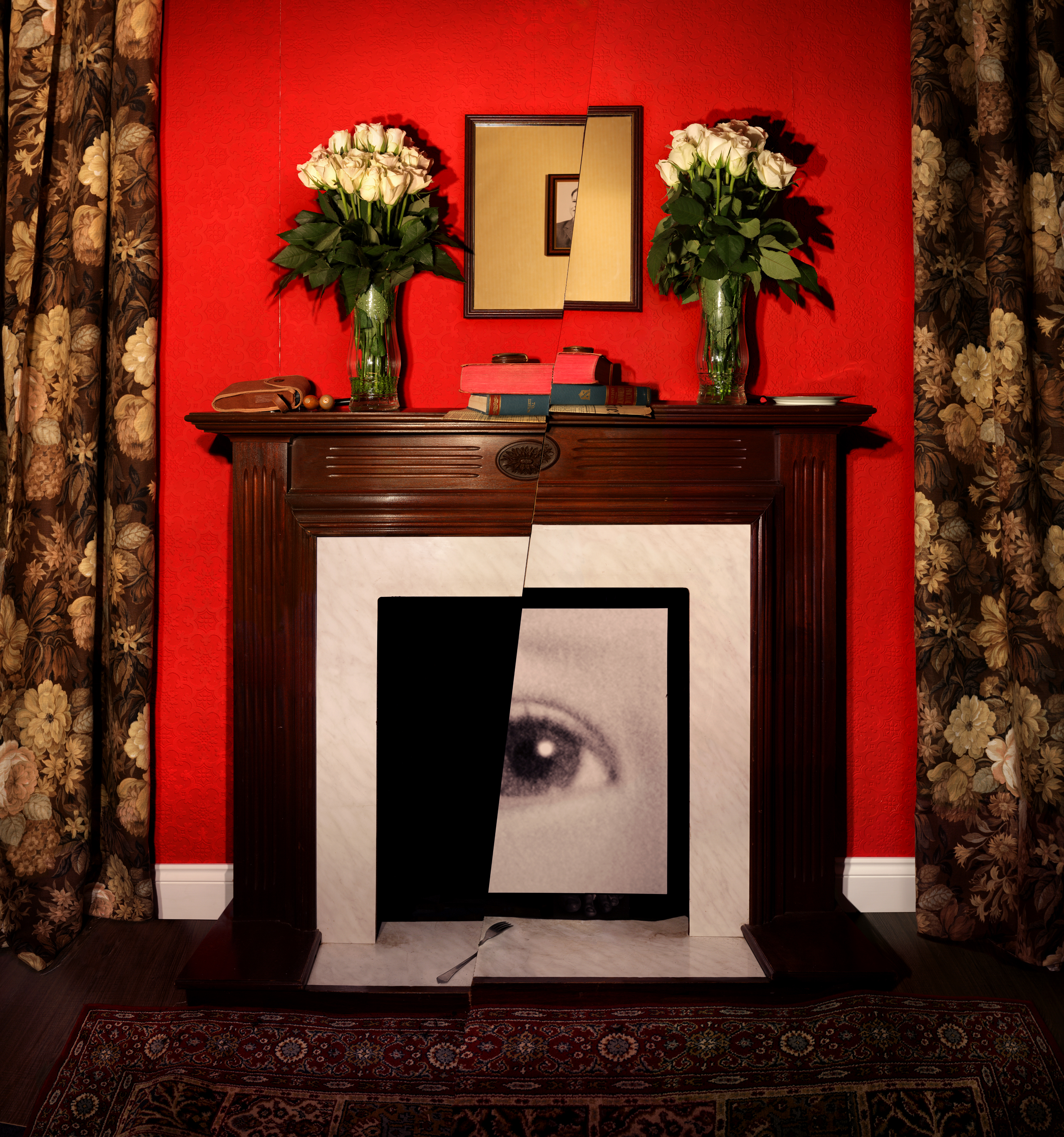 On 12/09/17, we visited the recent exhibition of Jonny Briggs and Tanja Deman’s work. The exhibition consisted of the work they had produced during their residency in Jersey and they were hoping to show off the research and efforts they made in an attempt to impress the locals of Jersey by showing them a side to the island the hadn’t seen before in this exhibition that was great experience and it was very impressive to see the extent of their work, especially having the opportunity to look at two world-renowned photographers who have had their work displayed in art galleries such as Saatchi, I was honoured to have this amazing chance to speak to them on a personal level about their work and get an insight into the style and aims from the series of images they had put on display for us.
On 12/09/17, we visited the recent exhibition of Jonny Briggs and Tanja Deman’s work. The exhibition consisted of the work they had produced during their residency in Jersey and they were hoping to show off the research and efforts they made in an attempt to impress the locals of Jersey by showing them a side to the island the hadn’t seen before in this exhibition that was great experience and it was very impressive to see the extent of their work, especially having the opportunity to look at two world-renowned photographers who have had their work displayed in art galleries such as Saatchi, I was honoured to have this amazing chance to speak to them on a personal level about their work and get an insight into the style and aims from the series of images they had put on display for us.
In the words of the Balliwick Express website from their publication and the very successful joint exhibition, “both artists were awarded £10,000 to work in the island and have both chosen different projects, Tania photographed underwater landscapes while Jonny focused on the island’s ancient landscape, monuments, institutions and archives through the motif of the mouth.” In my opinion, the contrast that showed two sides of Jersey rich in beauty and wonder was amazing.

I had kindly received a private invitation to the opening night of this exhibition sent in the ail from Societe Jersiaise and I was very honoured to be given the opportunity personally to attend the opening night to be one of the first to see the amazing array of works produced by both artists. As well, on Tuesday 12th the following week, I attended the event again with my school and got another opportunity to speak to both photographers about what they had created on a more one-to-one, immersive basis and it was great to experience. As well, during both artists residency, I began to work with them both very closely on the workshops the set up for myself and other like-mind people and this was an opportunity to produce my own set of work influenced by both of them and the conversations I managed to have them throughout has benefitted my artistic mind and when I got to see the work they had been conjuring up behind the scene when I visited the exhibition, it was a amazing experience I that mad me feel very grateful.
Tanja’s exhibition, entitled ‘Sunken Garden’ focuses on the hidden wonders underneath the surface of the sea – the garden we don’t get to see in such great detail which we were given the opportunity to through the captivating series of works Tanja had produced looking at the types of seaweed that lie beneath the ocean which surrounds our island. There was something quite mesmerising and magical about her work which is what she stated her intentions were – to provoke a certain emotion out of her audience. She wasn’t intending to ell a particular message through the works which were consistent throughout to produce a very truthful series, but instead wanted to force a feeling out of her audience from the magic that was on display – very dream-like images which were underpinned by the very professional skills shown in the photographs with use of lighting to illuminate the texturized seaweeds and highlight their patterns often not noticed when going for a swim in shallow waters. For the project, Tanja had to plan thoroughly to determine the best bays of Jersey which would give her the chance to capture the different types of seaweeds. This wasn’t a very simple effort that required just a couple dips in the shore of St Brelade’s Bay and instead a much more conscious effort to locate perfect locations for the few shoots Tania created in between choosing final images and framing them ready for the exhibition. Tanja’s style and process through producing her images is very different to that of Jonny’s but the behaviour of both of them in terms of their work makes for very different results which both have tell a powerful story encapsulating the rich beauties of Jersey which is often not realised by the locals but the two artists forces the information through to us when exhibiting their work and articulating their intentions from it.
Tanja told Archisle at the beginning of her time in Jersey that she is concerned with ‘the perceptions of space and her relationship to nature’ and this was evident in the work she put on display because she as a photographer and to really make a effort to make a physical relationship between herself and her surroundings – what she was photographing as this would make for the best results.
Tanja wanted us to explore her exhibition and then after 5 minuets of observing the images, she wanted us to choose a photograph we liked and one we disliked and then show her our choices and tell her why we chose the images we did. When I was first handed this task, I felt a bit sceptical about the prospect of criticising a professional photographer on her work she has spent 6 months producing for the locals of Jersey but this was part of the experience I would go onto embrace to allow me understand more bout her work.
 This (right) is the image I chose as the one I ‘disliked’ due to the fact that I wasn’t too sure what it was and it seemed very dislocated from the serirs as it wasn’t too similar to other images Tanja had produced as the others showed clear subjects in that you could tell what was in the frame. I showed this to her explain it was my least favourite and told her why this was and she then went on to explain that it was a seabed and I then understood and forced myself to understand that in every series of images, there is going to be an anomalous result that may not always fit in however, this is what makes it special and interesting.
This (right) is the image I chose as the one I ‘disliked’ due to the fact that I wasn’t too sure what it was and it seemed very dislocated from the serirs as it wasn’t too similar to other images Tanja had produced as the others showed clear subjects in that you could tell what was in the frame. I showed this to her explain it was my least favourite and told her why this was and she then went on to explain that it was a seabed and I then understood and forced myself to understand that in every series of images, there is going to be an anomalous result that may not always fit in however, this is what makes it special and interesting.



I chose these two images (above) which were displayed in a paring at the exhibition as my favourite because I thought they worked really well together and their wondrous nature is what attracted me to them because they look so fairy-tale-like. I love the haziness which is present in the images. The streak of seaweed which takes its place in the centre of each of image stands out beautifully from the clouded background of the sea and the lighting is what accentuates the detail of seaweed. It is as though the seaweed is so lonesome and it’s dream-like beauty is seen through the effect that the seaweed is floating in this clouded seascape but the effort to pair the two images together makes them much less lonely as opposed to hanging them separately. I explained my reasoning for these two being my favourite to Tanja and she understood why I liked them so much. Tanja’s other works were much bigger in sixe but the smaller size of them both and simplicity of it is what drew my attention to the photographs.

Jonny Briggs exhibition, although within very close proximity, being in the same building with Tanjas’ was actually very different in the type of work produced. Tanja’s was landscape based and Jonny’s was based around photo collaging and using other objects to create images which encouraged much more talk and thoughts from the viewer, in my experience because they ate not as self-explanatory as Tanja’s due to the very contemporary and untraditional techniques used to produce the images.
Jonny found himself during his time on the exploring the idea of censorship and controversy which comes with the motif of the human mouth and the relationship between the eyes and mouth – speaking and seeing. His works were much more muddled and there was no real sense of cohesion but they all worked together to complement each other even though the narrative was not fully direct to the audience however this is what I enjoyed about looking at Jonny’s work. The chance to see the exhibition twice gave me the opportunity to see images twice and therefore conjure up two different meanings which I thought the exhibition was intending to show. The first night was a chance for me to view the array of works but because of the busyness of the night, I could not speak to either Tanja or Jonny which was very frustrating but going back on the following Tuesday allowed me to speak to both artists one-to-one to allow me to get a better understanding of the purposes of the images and Jonny’s work really resonated with me due to the sole message he wanted to tell and hoe actually did this through the unusual and contemporary style of his 6 month project but also the way he articulated his intentions made me very grateful to be in his presence so he could, with much passion, tell us about each and every image.
Jonny’s passion for photography originally came from his failure at architecture at university where he realised he found himself immersing more so into other media where je could find more freedom to do whatever – this is evident in what he produced on the island where you could see works which would put some people off because of the pure unusuality of it. He displayed works such as a pair of shoes with a second pair of feet branching off the end it which walked up the wall of the building. As well, a portrait the size of a credit card with a piece of used chewing gum spread across the two faces of the subjects hanging from the wall. Something I found particular unusual yet satisfying and intriguing was the candle which stood lonesome on pedestal; something I first thought was a normal candle used to freshen the air but in my second return, Jonny explained to us that it was a candle he had produced when working with specialists that burns the smell of burning human flesh. This was inspired by the concentration camps at war times where people inside would find themselves feasting in human flesh as cannibals.
The exhibition overall held this unnerving and disconcerting sense of invasion into the human comfort zone. It was a series of works which played with the human need to be neat and for things to be directly explanatory. In Jonny’s work, he forced a sense of irritation from the audience by creating candles that exuded a pungent whiff of burning human flesh. He sticks chewing gum over images – something we would see as damaging. He takes the time out to create a set where everything within is sliced in half and then moved by one millimetre to create a sense of annoyance for the viewers.



Here, you can see the effort Jonny has made to show the relationship between the mouth and eyes and what is not seen is heard or vice versa. Again. it all about censorship and in his time in Jersey he visited the old police station. During his time here, he would attempt to cover objects in the dark room in red lipstick – a very repetitive and irritating process I can imagine but something that paid off to be very effective to show the relationship between the mouth and lipsticks and beauty and red lipstick and how it can, when applied in large amounts become something of disgust and unattraction. The sue of red lipstick was something that showed in Jonny work throughout and it is again reiterating the idea of purposely getting on the nerves of the viewers by ruffling their feathers with regards to OCD but how, in the end, it creates a beautiful and powerful catalogue of works.

































